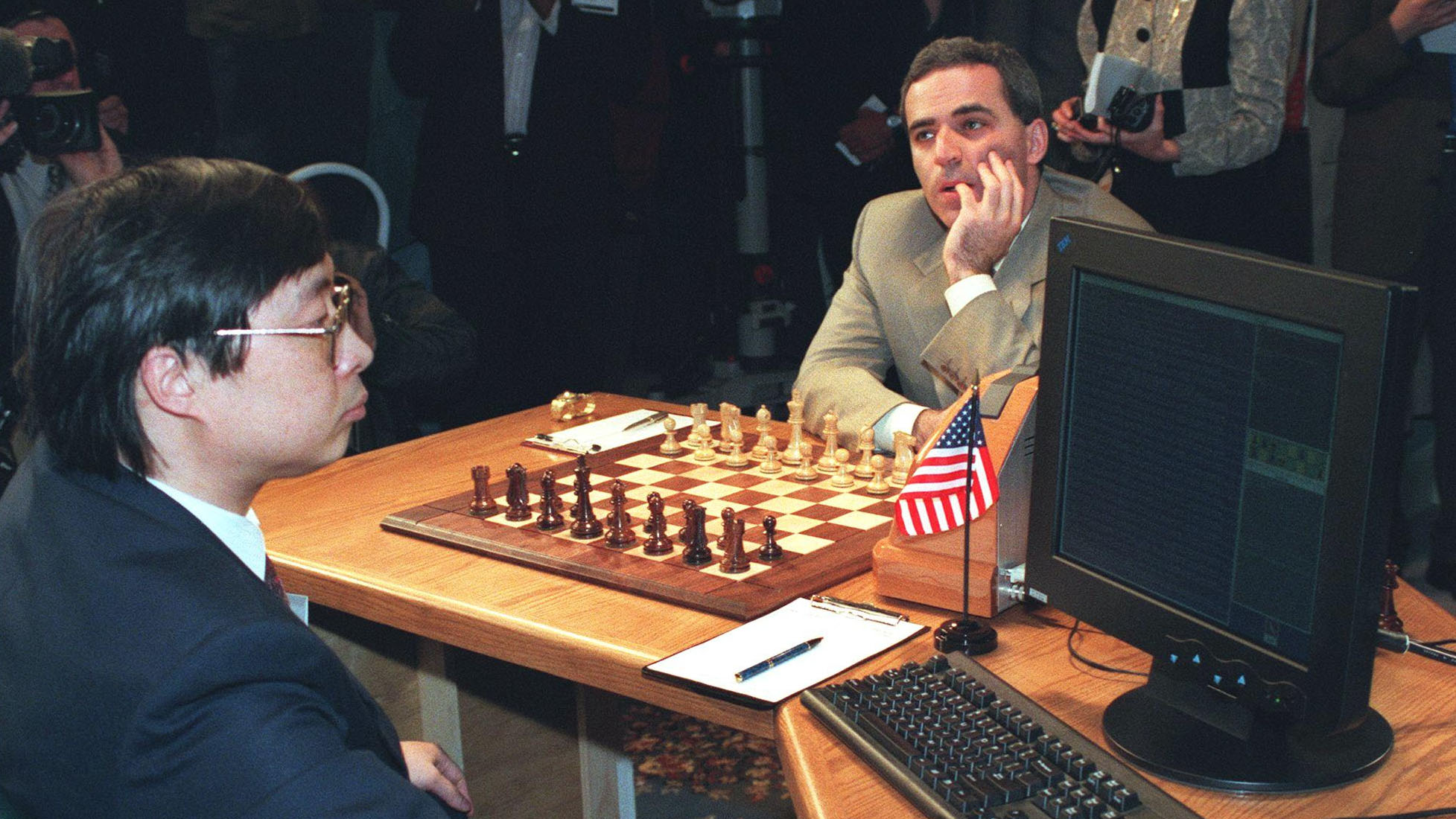Classroom tech: A history of hype and disappointment
In 1976, Liza Loop went to a meeting of the Homebrew Computer Club, in Silicon Valley. “There were engineers and hobbyists and all kinds of neat people,” said Loop, “among them Steve Wozniak.” That would be the Steve Wozniak, who co-founded Apple computers.
At one point, Loop stood up and told the group, “I’m doing a public access computer center and I’m taking computers into schools.” It’s a goal that might sound pretty mundane today, but at the time, it was almost radical.
Woz was impressed. A month later, he visited Loop’s local computer club and brought a gift: the first Apple computer. Ever. Apple 1.
For everything that Apple has become today, that first computer was not a great success.
Loop said it took forever to load BASIC, a programming language. And then, after 25 minutes, the whole thing crashed. “I took it back to Woz, and said, you know I really think this is a great idea. I’m all for it and I really want to use it. But I can’t use this machine in a classroom. You’re going to have to do something else.”
That’s been the story of technology in the classroom, pretty much from the start. Great hope, ambition, and expense. Followed by disappointment.
Back in 1922, for instance, Thomas Edison thought he’d figured out the future of education.
“I believe that the motion picture is destined to revolutionize our education system,” he said, according to Larry Cuban’s Teachers and Machines: The Classroom Use of Technology Since 1920, “and that in a few years it will supplant largely, if not entirely, the use of textbooks.”
“Edison was a better inventor than prognosticator,” said Robert Reiser, Associate Dean for Research in the College of Education at Florida State University.
Films fizzled out. They were expensive. Projectors were unreliable. It was hard to find the right film for the right class.
Enter radio.
School boards and universities, even commercial networks like CBS and NBC, poured money into creating classroom broadcasts, or “textbooks of the air.” Then, said Reiser, “the enthusiasm died out.”
Next up were “teaching machines” with names like Cyclo Teacher, Instructocard, and the Edumator.
One of the best known was created by psychologist BF Skinner, in 1954. Here he is explaining the devices.
According to the 1962 book Teaching Machines and Programmed Learning, there were dozens of companies that made these devices in the early 60s.
Turns out buttons and levers weren’t a great way to learn.
Which brings us to television.
TV combined sight and sound, and could bring live events — like space missions — right into the classroom. It was also seen as one answer to the teacher shortage. The money poured in. The Ford Foundation invested millions into programming, according to Cuban’s book. The federal government also pitched in cash. By 1971 more than $100 million had been poured into educational TV.
Again, the same story. “We see one medium after another coming along, a lot of enthusiasm for that medium, followed by disappointment in the extent to which that medium changed the nature of the instruction taking place in classrooms,” said Reiser.
So, when computers exploded into classrooms in the early 80s, with basic video games like Oregon Trail.
And when, as Todd Oppenheimer writes in The Flickering Mind, the numbers of computers tripled between 1980 and 1982, and tripled again by 1984.
And when Time magazine ran a cover story called “Here Come the Microkids,” in 1982.
Educators were skeptical.
But now, some are reconsidering. Maybe this time is different.
“We’re on the cusp now of that big revolution,” said Themistocles Sparangis, chief technology director at Los Angeles Unified School District. LA Unified has bet big on tech–a billion dollars big– to give every student an iPad.
And around the country, other schools, districts, and the government are buying in.
“I think we’re starting to see a maturity in the user friendliness and the interfaces with media and technology,” said Sparangis. In other words, the machines work. Now, it’s about finding the right way to use them.
Today, said Sparangis, teachers can look for activities and learning experiences to “create a personalized, individualized, learning plan for every child.” That’s the tech promise we’re being sold now, personalized learning.
Computers and tablets and smart phones and the internet—will allow our kids to learn in the right way for them, and they will move at their own pace. These teaching machines of the digital age will gather mounds of data about student performance, feeding back information to teachers about what works, and who is advancing where.
Companies and investors are betting billions on classroom technology, in the hope that this the revolution is going to happen. Some experts think the rush to digitize the classroom is misguided.
“At lot of this is happening really fast,” said USC education professor Patricia Burch, co-author of Equal Scrutiny: Privatization and Accountability in Digital Education, “We need to slow down.”
“You see this in a number of the big districts,” said Burch, “Ed tech initiatives are being rolled out within a year or two years to all students.” The risk is that you don’t want students to be guinea pigs. “You don’t want to be working out the bugs on kids.”
Because, as we’ve learned over time, not all education technology is worthwhile.
And the promise, is just the beginning.
There’s a lot happening in the world. Through it all, Marketplace is here for you.
You rely on Marketplace to break down the world’s events and tell you how it affects you in a fact-based, approachable way. We rely on your financial support to keep making that possible.
Your donation today powers the independent journalism that you rely on. For just $5/month, you can help sustain Marketplace so we can keep reporting on the things that matter to you.


















